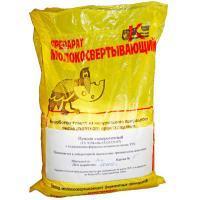Analysts evaluate Moscow's strategy to combat the consequences of COVID-19
Analysts from the consulting firm Ernst & Young (EY) assessed strategies to combat covid-19 and the consequences of the epidemic in various cities around the world. According to the totality of characteristics, the strategy adopted in Moscow was considered by them to be the most balanced. RBC has a study.
As part of the study on pandemic response practices, EY looked at how restrictive and supportive measures in response to the COVID-19 pandemic have impacted business activity in nine major metropolitan areas around the world — London, Paris, New York, Singapore, Hong Kong, Madrid, Oslo, Stockholm and Moscow. Analysts have come to the conclusion that all strategies can be divided into two types: the lockdown strategy and the flexible approach to introducing restrictions. The first strategy was followed in Hong Kong, Singapore, London, Paris and Oslo. A flexible approach was chosen in Moscow, New York, Madrid and Stockholm.
Each strategy has its pros and cons. The hard lockdown strategy has indeed helped reduce the incidence of COVID-19. However, in terms of mortality rates, the cities that followed this approach have very different results: from the lowest in the sample, in Singapore, to the highest, in Paris. The long period of restrictions has led to a significant economic downturn in these cities (a decrease in GRP by an average of 7% and an increase in unemployment up to 6%), which may further worsen if restrictions remain in place.
In those metropolitan areas that followed a flexible strategy, such damage to the economy was avoided. In Moscow, the unemployment rate (1%) was the lowest among the analyzed cities, and the fall in GRP, according to preliminary estimates, was only 4%. The economic downturn was even less pronounced in New York (-3.3%) and Stockholm (-2.8%), but there continued economic activity has resulted in a high rate of spread of the virus. In Oslo, there was almost no economic downturn, but the reason for this was colossal infusions of funds from reserve funds for a city of less than a million people.
Moscow was also highly rated by EY experts in terms of non-monetary business support (on a par with New York) and effective communication policy (on a par with Hong Kong, Singapore and Oslo).


























































